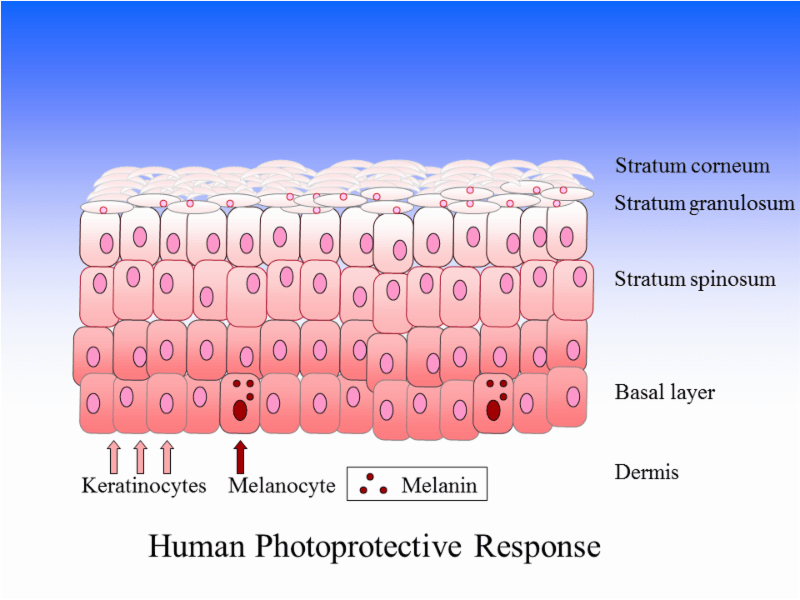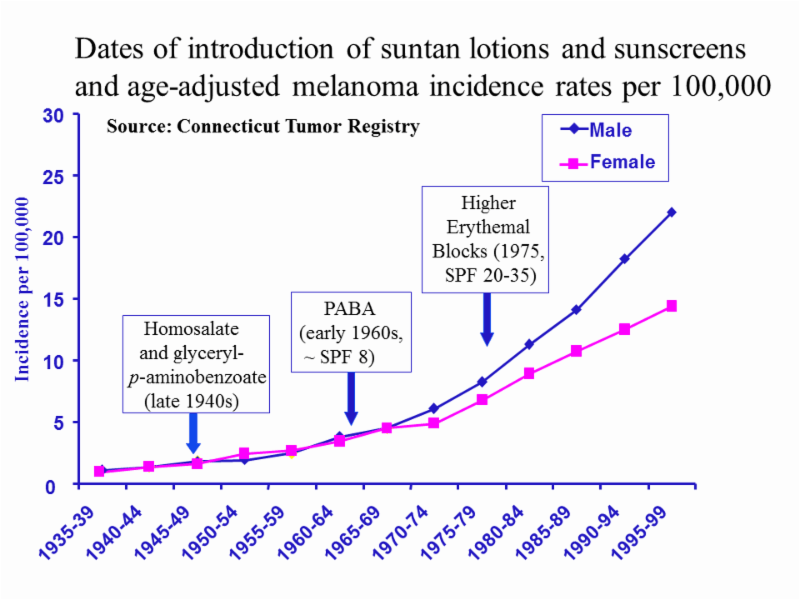Published on May 9, 2017
Sunscreen – To Use or Not To Use, That is the Question
As a health conscious individual or parent, all you hear from your doctor is – sunscreen, sunscreen, sunscreen! But is it that black or white? Will not using sunscreen shorten your lifespan or lengthen it? Listen to GrassrootsHealth researcher, Dr. Edward Gorham, Ph.D., explain why he thinks healthy sun (without sunscreen) is good for your health.
Edward Gorham, MPH, PhD
UCSD School of Medicine
February 2009
Watch video
Watch video and earn CME
 Edward Gorham, Ph.D., considers the evidence on sun exposure. This presentation talks in depth about the difference between UVA and UVB exposure, the body’s physiological response to each type of irradiance, and how sun exposure and sunscreens affect the risk of melanoma and vitamin D production. He focuses on melanoma, the deadly form of skin cancer.
Edward Gorham, Ph.D., considers the evidence on sun exposure. This presentation talks in depth about the difference between UVA and UVB exposure, the body’s physiological response to each type of irradiance, and how sun exposure and sunscreens affect the risk of melanoma and vitamin D production. He focuses on melanoma, the deadly form of skin cancer.
What about Melanoma?
Gorham presents data on the rising rates of melanoma and explains how to screen for it. He states that the best secondary prevention method is a scanning/analysis of the skin – looking for moles and skin lesions – a screening method that is neither costly nor painful. Primary prevention of melanoma includes vitamin D and careful sun exposure.
Can vitamin D help melanoma?
Gorham highlights studies which show that vitamin D inhibits melanoma’s growth and keeps melanoma cells in a more stable state. Studies show a dose-response relationship between higher vitamin D levels and increased survival.
What about sunscreen?
Gorham presents 16 studies on sunscreen and melanoma risk – four studies found protective value to sunscreen; five studies had no conclusion; seven studies showed increased risk with use of sunscreen. But organized by latitude, these same studies show an increased risk of melanoma with sunscreen use for people with lighter pigmentation (northern latitudes); and no relationship with people of darker pigmentation (lower latitudes).
“The people who are using sunscreen are precisely the
people who shouldn’t.” – Edward Gorham
How do sunscreens spoil the photo protection qualities of our skin?
Gorham explains the layers of the skin, what changes happen to the skin upon sun exposure – the natural photoprotective response to sunshine.

The chart below shows the incidence of melanoma over time, and also plots usage and sales of chemical sunscreens.

Gorham explains that UVA is the culprit for skin damage, which the popular chemical sunscreens don’t always repel – meaning they do not protect against UVA damage, and thus melanoma. [Note: “broad spectrum” sunscreens that protect against both UVA and UVB have become popular since this presentation was recorded.]
Summary of recommendations for primary prevention of melanoma
- Minimize UVA exposure and maximize UVB exposure
- Depending on your skin type – get some sun (without sunscreen) between 10 am – 2 pm
- Supplementation in Australia, NZ because of the ozone layer blocking UVB
- Use sunscreens that attenuate the entire UVA spectrum – recommend using titanium dioxide or zinc oxide (opaque compounds)
- Don’t rely on clear chemical sunscreens to reduce the risk of melanoma – instead, cover up with hats or clothes after your erythemal dose

